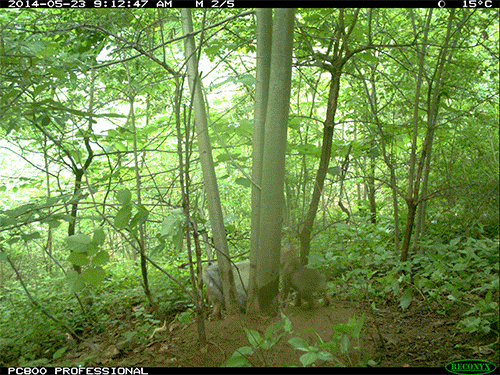This month authors Janet Fox, Barbara Rosenstock, and Liz Garton Scanlon are shining a light on our National Parks with a series of blog posts - Page Through the Parks. I am joining them in celebrating the 100th Anniversary of National Park Service. Check out my earlier post here.
My post this week celebrates a frequent participant in the Nonfiction Picture Book Challenge and author, Annette Bay Pimentel's new book.
Mountain Chef: How One Man Lost His Groceries, Changed His Plans, and Helped Cook Up the National Park Service
by Annette Bay Pimentel, Illustrated by Rich Lo
Charlesbridge Publishing (August 2, 2016)
Nonfiction * Biography * Cultural Heritage
Audience: Ages 6 to 9
Indiebound | Worldcat
Description from GoodReads: The true story of a Chinese American mountain man who fed thirty people for ten days in the wilderness--and helped inspire the creation of the National Park Service.
Tie Sing was born in the mountains. The mountains were in his blood. But because he was of Chinese descent at a time in America when to be Chinese meant working in restaurants or laundries, Tie Sing’s prospects were limited. But he had bigger plans. He began cooking for mapmakers and soon built a reputation as the best trail cook in California.
When millionaire Stephen Mather began his quest to create a national park service in 1915, he invited a group of influential men—writers, tycoons, members of Congress, and even a movie star—to go camping in the Sierras. Tie Sing was hired to cook.
Tie Sing planned diligently. He understood the importance of this trip. But when disaster struck—twice!—and Tie Sing’s supplies were lost, it was his creative spirit and quick mind that saved the day. His sumptuous menus had to be struck and Tie Sing had to start over in order to feed the thirty people in the group for ten whole days. His skills were tested and Tie Sing rose to the challenge.
On the last night, he fed not just the campers' bodies, but also their minds, reminding them to remember and protect the mountains.
2016 marks the 100th anniversary of the National Park Service, created by Congress on August 25, 1916.
Today, you can hike to Sing Peak, named for Tie Sing, in Yosemite National Park.
Quick thoughts on this book:
I love when a children's biography introduces me to a new person and a fascinating piece of history.
In celebration of the 100th anniversary of National Park Service, I am featuring Mountain Chef by Annette Bay Pimentel. Can you imagine lugging everything you need to cook basically gourmet meals (without modern amenities) in the mountains and do so on the backs of mules? A few years ago, I went camping with friends. We camped not far from the beach. We took care to weigh down coolers and to make sure food was secure and yet, by early morning raccoons had lifted one of the cooler lids enough to reach in and pull things out. However, in our case, we could drive a car into town to pick up anything that we needed. Tie Sing and his small crew didn't have those options so when things were lost, they were gone. It was a tough trip.
Pimentel provides readers with insight into the one small element of Tie Sing's life and how his dedication, creativity, and perseverance as a cook may have influenced Stephen Mather's guests on a very special camping trip.
Another aspect of this story that I appreciated was the focus on an individual of Chinese decent who during his lifetime had to face extreme prejudices but still managed to make his own mark.
Check out these two posts from Annette here and Rich here. Pick up a copy of Mountain Chef at your favorite indie bookstore or check it out at your local library.
Join the giveaway for teachers and librarians sponsored by Janet, Barb, and Liz. For more information about the giveaway, check out Janet's post here.
Don't forget to link up your nonfiction posts below:







































